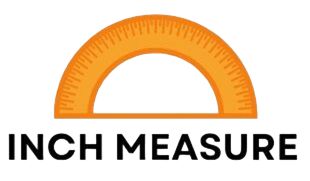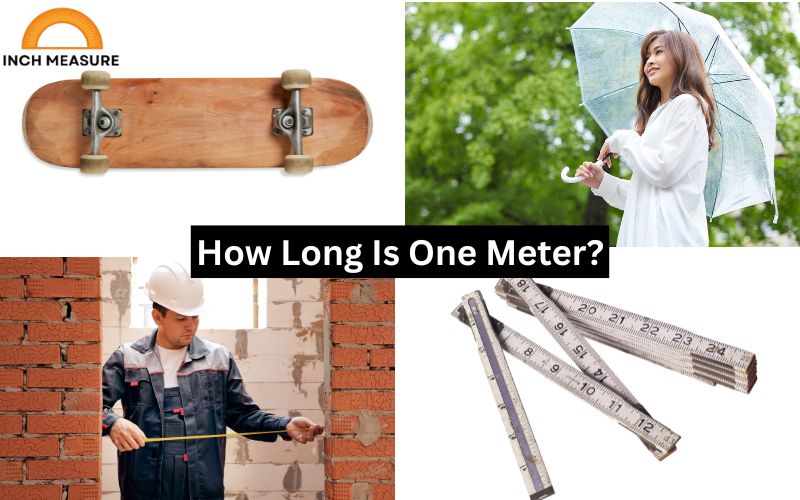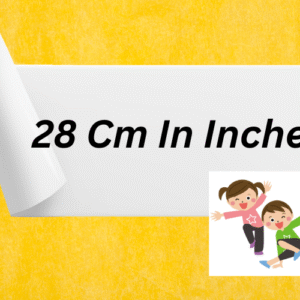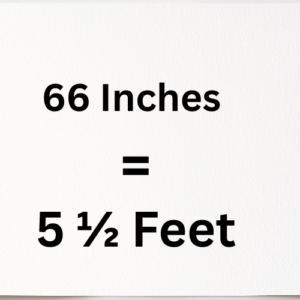The meter is a fundamental unit of length in the metric system, used globally in science, engineering, and everyday life. But how long is one meter, exactly? At its core, a meter is a standardized unit, but its definition has evolved over centuries, from a physical object to a precise measurement based on universal constants. Understanding the meter’s length, its historical development, and its practical applications provides insight into how humans quantify the world. This article delves into the meter’s definition, its scientific and cultural significance, and illustrates its length through 15 common objects that measure approximately one meter. With detailed explanations, historical context, and practical examples, we’ll explore the meter’s role in shaping modern measurement systems.
The Definition of a Meter
A meter is defined as the distance light travels in a vacuum in 1/299,792,458 of a second, a definition adopted in 1983 by the International System of Units (SI). This precise standard, based on the speed of light, ensures consistency across scientific and industrial applications worldwide. One meter equals 100 centimeters or 1,000 millimeters, and it’s approximately 3.28084 feet or 39.3701 inches in imperial units. This definition replaced earlier, less precise standards, such as physical bars or fractions of the Earth’s circumference, reflecting advancements in measurement technology.
Historical Evolution of the Meter
The meter’s origins trace back to the late 18th century during the French Revolution, when the need for a universal measurement system emerged. In 1791, the French Academy of Sciences proposed defining the meter as one ten-millionth of the distance from the North Pole to the Equator along a meridian through Paris. This led to the creation of a platinum-iridium prototype meter bar in 1799, which served as the standard until 1889.
In 1889, the International Bureau of Weights and Measures (BIPM) refined the meter’s definition using a new platinum-iridium bar, known as the International Prototype Meter. This physical standard was used until 1960, when the meter was redefined based on the wavelength of light emitted by krypton-86 gas, marking a shift toward more precise, reproducible standards. The current definition, established in 1983, uses the speed of light, ensuring unparalleled accuracy and universality.
Why the Meter Matters
The meter is the backbone of the metric system, which is used by nearly every country except the United States, Liberia, and Myanmar. Its universal adoption facilitates international trade, scientific research, and engineering. The meter’s precision is critical in fields like physics, where measurements at the atomic scale demand exactitude, and in everyday contexts, such as construction, where accuracy ensures safety and functionality.
Measuring a Meter in Practice
To conceptualize one meter, imagine the length of a standard yardstick (slightly longer than a yard at 36 inches) or the height of a typical kitchen countertop. A meter is roughly the length of an average adult’s stride or the width of a small dining table. Visualizing the meter through familiar objects helps make this abstract unit tangible, which we’ll explore further with 15 everyday items.
Tools for Measuring a Meter
Common tools for measuring a meter include:
- Ruler or Meter Stick: A rigid stick exactly one meter long, often used in classrooms or workshops.
- Tape Measure: Flexible and retractable, ideal for measuring longer distances or irregular shapes.
- Laser Distance Measurer: Uses laser technology for precise measurements, common in construction.
- Smartphone Apps: Modern apps use augmented reality to estimate distances, though less accurate.
| Tool | Accuracy | Common Use |
| Ruler/Meter Stick | High (±1 mm) | Education, small-scale projects |
| Tape Measure | High (±2 mm) | Construction, tailoring |
| Laser Measurer | Very High (±1 mm) | Surveying, architecture |
| Smartphone App | Moderate (±1 cm) | Casual, non-critical measurements |
The Meter in Science and Technology
In science, the meter is indispensable. In physics, it’s used to measure wavelengths, distances between particles, or the scale of astronomical objects. In engineering, precise measurements ensure the integrity of structures like bridges or skyscrapers. The meter’s universal standard allows scientists and engineers worldwide to collaborate seamlessly.
The Meter in Everyday Life
Beyond science, the meter is embedded in daily activities. In sports, track events like the 100-meter sprint rely on precise measurements. In homes, furniture dimensions are often expressed in meters or centimeters. Even in navigation, GPS systems use meters to calculate distances, ensuring accurate directions.
15 Everyday Items That Are 1 Meter Long
To make the meter’s length relatable, here are 15 common objects that measure approximately one meter, each with a unique perspective on its utility and context.
1. Standard Meter Stick
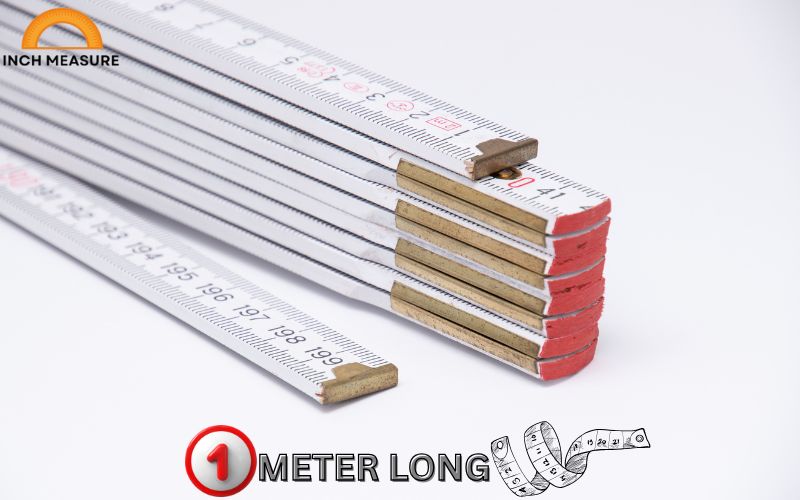
A meter stick, often made of wood, plastic, or metal, is exactly one meter long and used in classrooms, workshops, and labs. Its rigid structure and clear markings make it ideal for teaching measurement concepts or sketching straight lines. In schools, students use meter sticks to measure objects or conduct experiments, while carpenters rely on them for precise cuts. The meter stick’s simplicity belies its importance as a physical representation of the metric system’s core unit. Its durability ensures it withstands frequent use, and its standardized length makes it a universal tool across cultures.
2. Kitchen Countertop Height
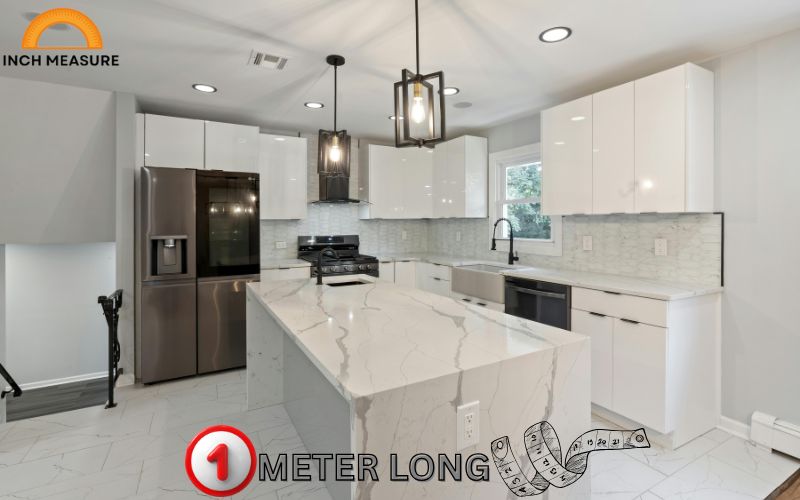
Most kitchen countertops are about one meter high, providing an ergonomic workspace for food preparation. This height, typically 90–100 cm, suits the average adult’s stature, reducing strain during tasks like chopping or mixing. Countertops vary slightly by region—European kitchens often standardize at 90 cm, while North American ones may reach 97 cm—but one meter is a practical average. This measurement reflects ergonomic design principles, balancing comfort and functionality. Next time you’re in a kitchen, visualize the countertop’s height as a meter to grasp this unit intuitively.
3. Guitar Neck
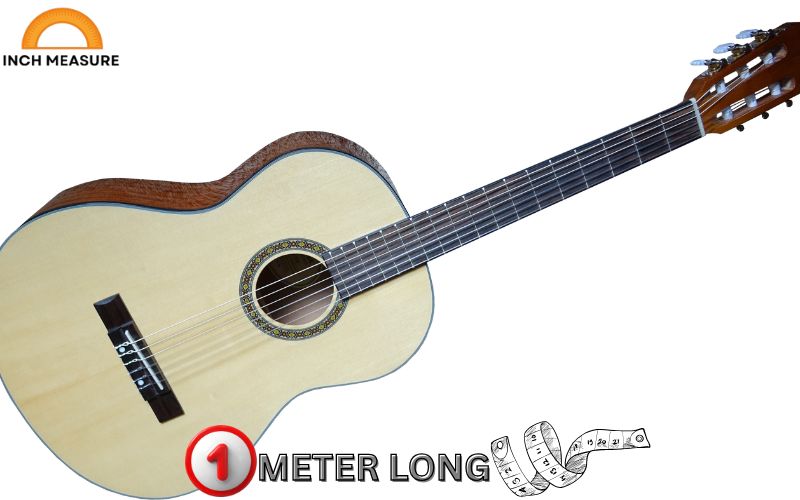
The neck of a standard electric or acoustic guitar is approximately one meter long, from the headstock to the body’s bridge. This length allows for a full range of frets, enabling diverse musical notes. Guitarists rely on this standardized length for consistent playability across instruments. For example, a Fender Stratocaster’s scale length (the vibrating portion of the strings) is about 64 cm, but the entire neck assembly approaches one meter. This makes the guitar a familiar object for musicians to visualize a meter’s length in a creative context.
4. Yoga Mat Width
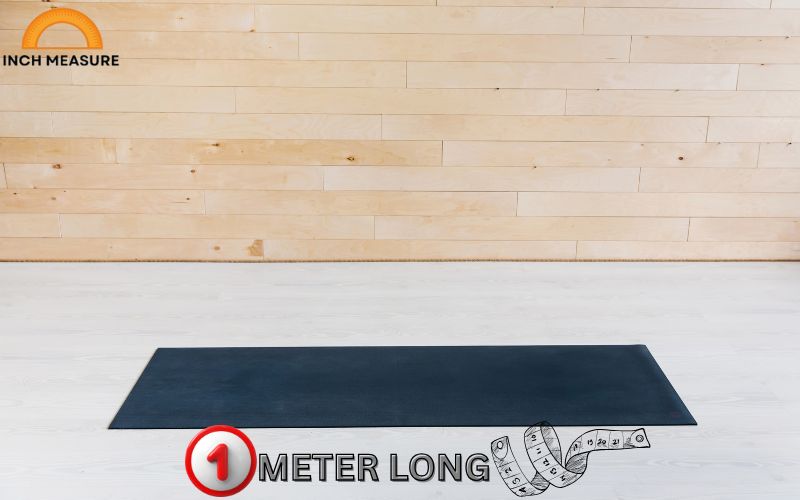
A standard yoga mat is about one meter wide, providing ample space for poses and stretches. Typically 61–68 cm in length and 90–100 cm in width, the mat’s dimensions accommodate various body sizes during exercises like downward dog or warrior pose. The meter-wide width ensures stability and comfort, making it a practical example of the meter in fitness. Yoga practitioners can use the mat’s width to mentally gauge a meter, connecting physical activity with measurement awareness.
5. Doorway Width
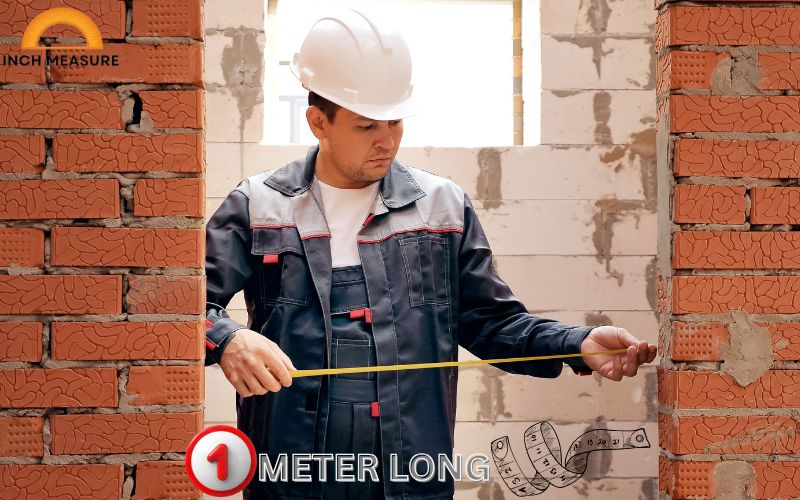
The width of a standard interior doorway is often close to one meter, typically 80–100 cm. This dimension allows easy passage for people and furniture, reflecting building codes designed for accessibility. In homes, a meter-wide doorway feels spacious yet practical, balancing aesthetics and functionality. Next time you walk through a doorway, consider its width as a real-world meter reference, illustrating how architectural standards align with metric measurements.
6. Large Umbrella
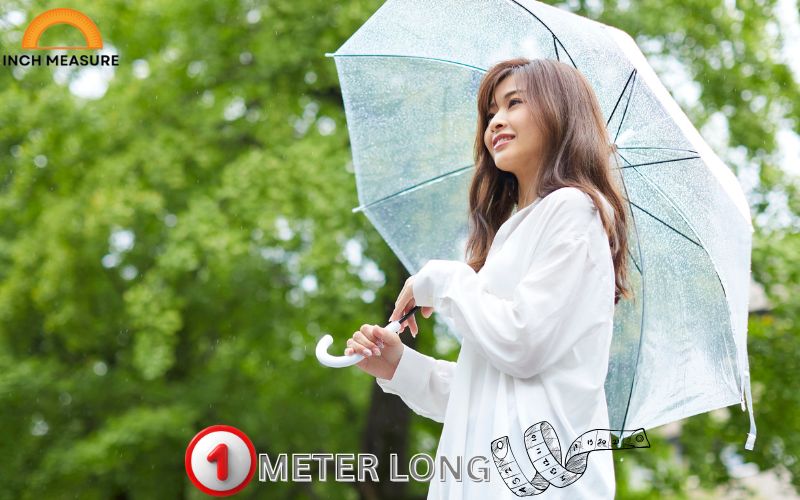
A large golf or patio umbrella, when open, has a diameter of about one meter. These umbrellas provide ample shade for outdoor activities, from picnics to sports events. The meter-long diameter ensures coverage for multiple people, making it a practical tool for rain or sun protection. Visualizing an open umbrella’s span helps conceptualize a meter in outdoor settings, where its size is both functional and noticeable.
7. Child’s Bicycle
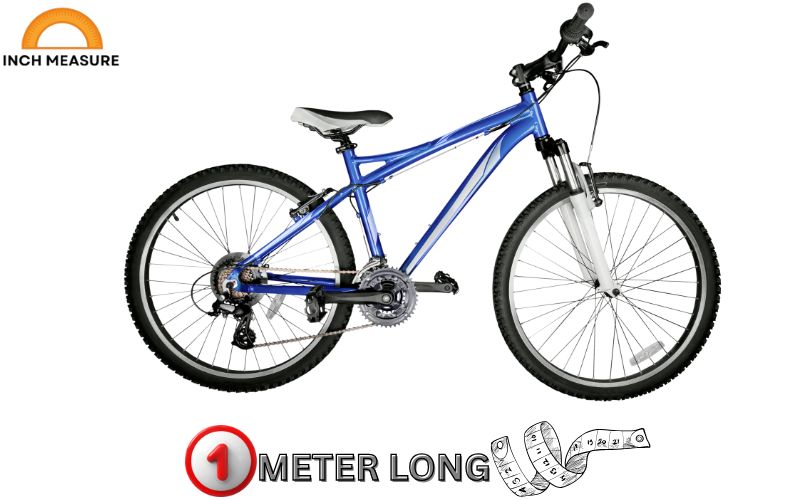
A bicycle for young children, such as a 16-inch model, is approximately one meter long from the front wheel to the rear. This size suits kids aged 5–8, providing a stable and manageable ride. The meter-long frame reflects ergonomic design for growing bodies, balancing safety and maneuverability. Parents or cyclists can use a child’s bike as a relatable meter reference, connecting childhood activities with measurement.
8. Office Desk Depth
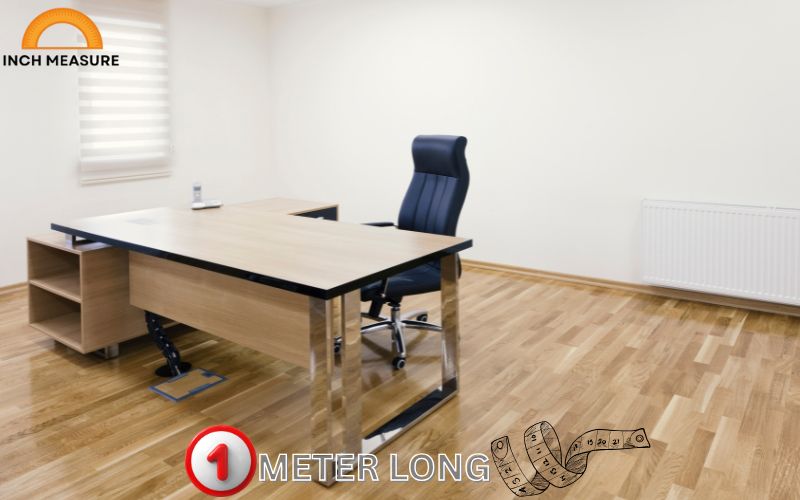
The depth of a standard office desk is often around one meter, providing sufficient workspace for computers, documents, and supplies. This dimension, typically 80–100 cm, ensures comfort for tasks like writing or typing. Office furniture designers use this measurement to optimize productivity while fitting within typical room sizes. Visualizing a desk’s depth offers a practical way to understand a meter in professional or home office settings.
9. Baseball Bat
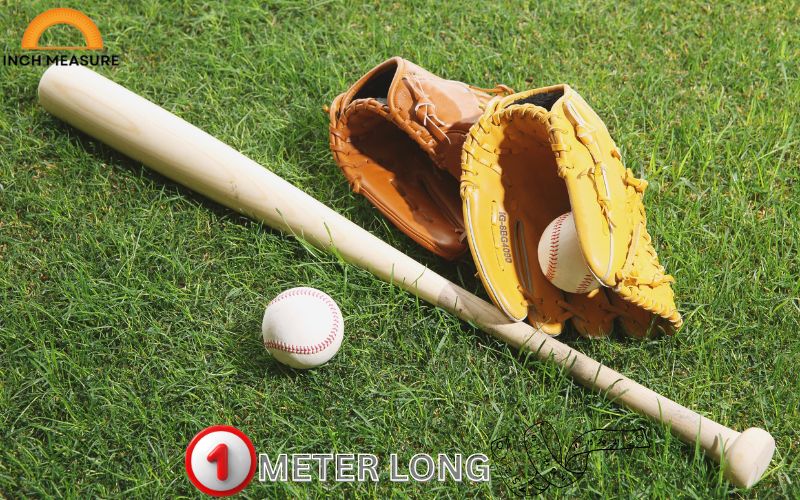
A standard adult baseball bat is approximately one meter long, typically 84–110 cm depending on the player’s preference. This length allows for a balanced swing, maximizing power and control. In sports like baseball or softball, the bat’s length is critical for performance, making it a dynamic example of a meter. Fans or players can use a bat’s length to visualize this unit in the context of athletic equipment.
10. Large Suitcase
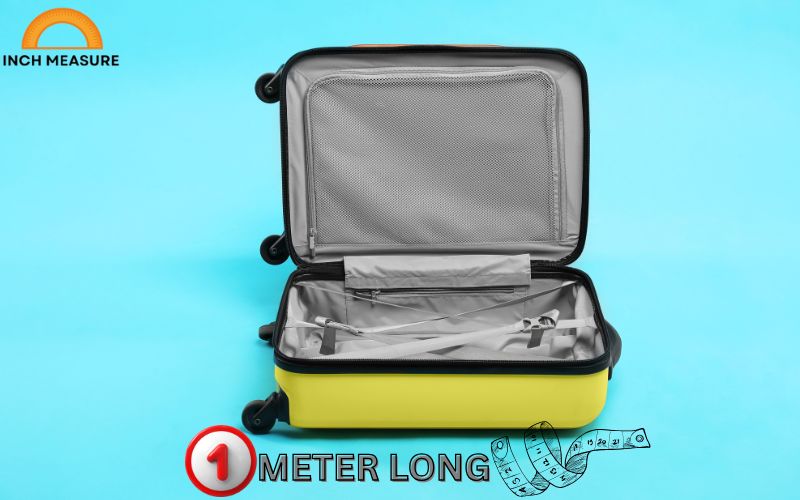
A large travel suitcase, designed for checked luggage, is about one meter in height, including wheels and handle. Typically 90–100 cm tall, these suitcases offer ample space for extended trips. Their meter-long height makes them easy to spot on airport conveyors and practical for packing. Travelers can use a suitcase’s height to conceptualize a meter, linking travel with measurement awareness.
11. Garden Hose Section
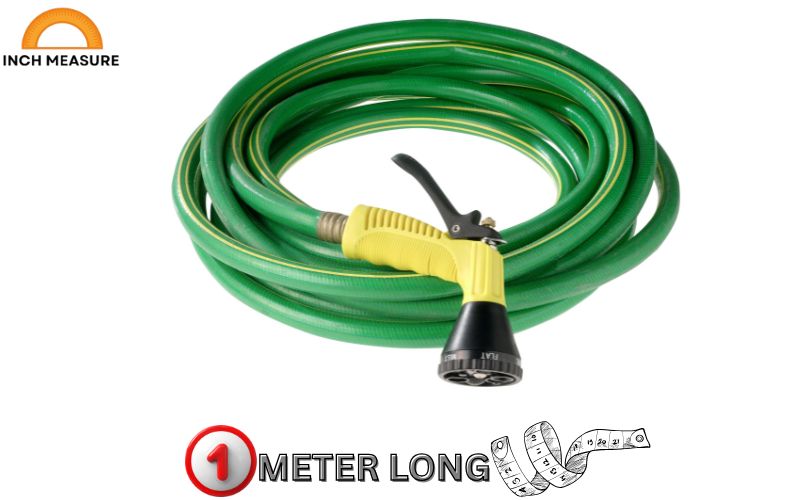
A section of a standard garden hose, when laid flat, is often sold in one-meter increments or has a diameter that visually approximates a meter when coiled. Gardeners use these hoses for watering plants or cleaning outdoor spaces, and the meter length is a convenient unit for measuring coverage. Visualizing a hose segment helps connect the meter to outdoor chores and landscaping tasks.
12. Folding Ruler
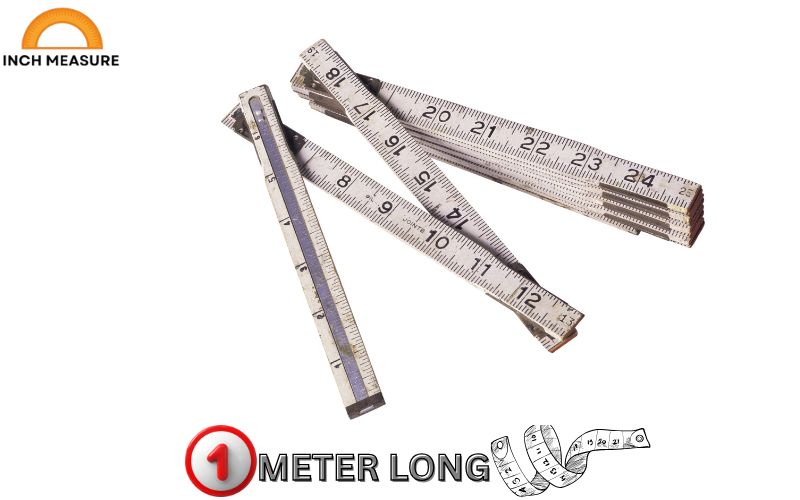
A folding carpenter’s ruler, when fully extended, is typically one meter long. Used in construction and woodworking, these rulers are portable and precise, with segments that lock into place. Their meter length makes them ideal for quick measurements on job sites. Carpenters or DIY enthusiasts can use a folding ruler as a tangible meter reference, blending craftsmanship with metric precision.
13. Laptop Screen Diagonal (Large Models)
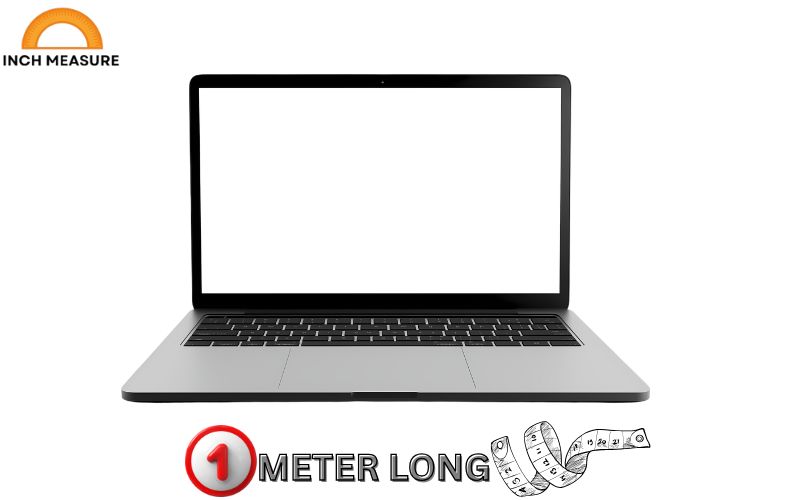
The diagonal screen size of large laptops, such as 17-inch models, approaches one meter when measured with the bezel (about 90–100 cm for the entire device). These laptops are used for gaming, design, or professional work, where screen size enhances productivity. Visualizing a laptop’s dimensions helps tech users relate the meter to modern devices, bridging technology and measurement.
14. Wall-Mounted Mirror
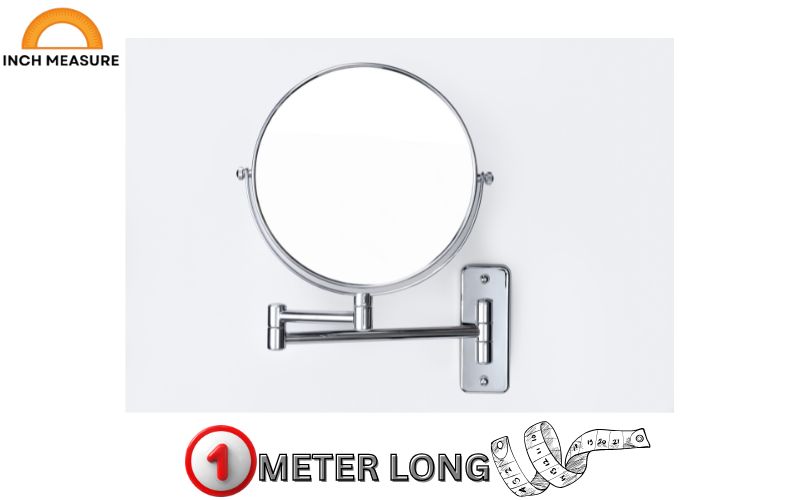
A standard rectangular bathroom or hallway mirror is often about one meter in height or width. These mirrors, typically 90–100 cm, are designed for daily use, such as grooming or decor. Their size makes them a familiar household item for visualizing a meter, connecting personal routines with metric awareness. Next time you look in a mirror, consider its dimensions as a meter reference.
15. Skateboard Length
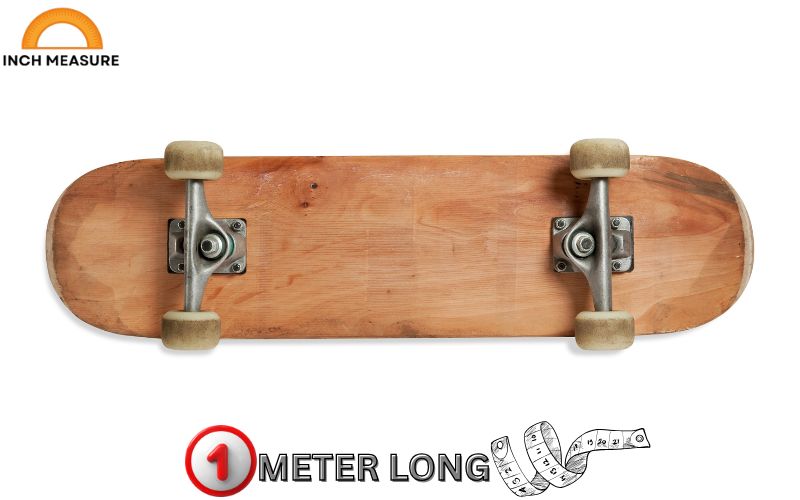
A standard adult skateboard is approximately one meter long, typically 80–100 cm. This length provides stability and maneuverability for tricks or cruising. Skateboarders rely on this dimension for performance, making it a vibrant example of a meter in recreational contexts. Visualizing a skateboard’s length helps enthusiasts and casual observers alike grasp the meter’s scale in urban or sport settings.
The Meter in Cultural Context
The meter’s adoption varies culturally. In metric countries, it’s intuitive, used in everything from recipes to road signs. In the U.S., where imperial units dominate, the meter is less familiar, though it’s used in science and international contexts. This duality highlights the importance of understanding the meter globally, as it bridges cultural and practical divides.
Metric vs. Imperial: A Comparison
| Unit | Length | Conversion to Meters |
| Meter | 1 meter | 1 meter |
| Foot | 12 inches | 0.3048 meters |
| Yard | 3 feet | 0.9144 meters |
| Inch | 1/12 foot | 0.0254 meters |
This table illustrates why the meter, as a decimal-based unit, is simpler for calculations than imperial units, which rely on fractions.
The Meter in Education
In schools, the meter is taught early, often through hands-on activities like measuring classroom objects with meter sticks. Educators emphasize its role in the metric system, using examples like the ones above to make it relatable. Understanding the meter fosters numerical literacy and prepares students for globalized fields like science and engineering.
Challenges in Visualizing a Meter
For those accustomed to imperial units, visualizing a meter can be tricky. It’s slightly longer than a yard, which can lead to estimation errors. Even in metric countries, the meter’s abstract nature requires tangible references, like the objects listed, to make it concrete. Practice with tools like rulers or everyday items helps build intuition.
The Future of the Meter
The meter’s definition is unlikely to change soon, given its reliance on the speed of light, a universal constant. However, advancements in measurement technology, such as quantum-based standards, may refine how we calibrate meters in ultra-precise applications. The meter will remain a cornerstone of measurement, evolving with science.
You May Also Need To Know: How Far Is 300 Feet?
Conclusion
The meter, a deceptively simple unit, is a triumph of human ingenuity, standardizing length across cultures and disciplines. From its origins in revolutionary France to its modern definition via the speed of light, the meter reflects our quest for precision and universality. By exploring its history, scientific importance, and practical applications through 15 everyday objects, we’ve grounded this abstract unit in familiar contexts. Whether you’re measuring a countertop, swinging a baseball bat, or riding a skateboard, the meter is all around us, shaping how we interact with the world. Understanding its length deepens our appreciation for the systems that make modern life possible.
Simplify your measurements with our user-friendly inch-to-meter conversion tool, available on our website. Instantly convert inches to meters, centimeters, or other units with just a few clicks. Whether you’re working on a DIY project, designing furniture, or comparing measurements globally, our tool ensures accuracy and convenience. Try it today to make unit conversions seamless and hassle-free!
Convert Inches to Meters, cm, mm, and Feet
Converted Values:
Meters (m): 1.016
Centimeters (cm): 101.60
Millimeters (mm): 1016.00
Feet (ft): 3.33
